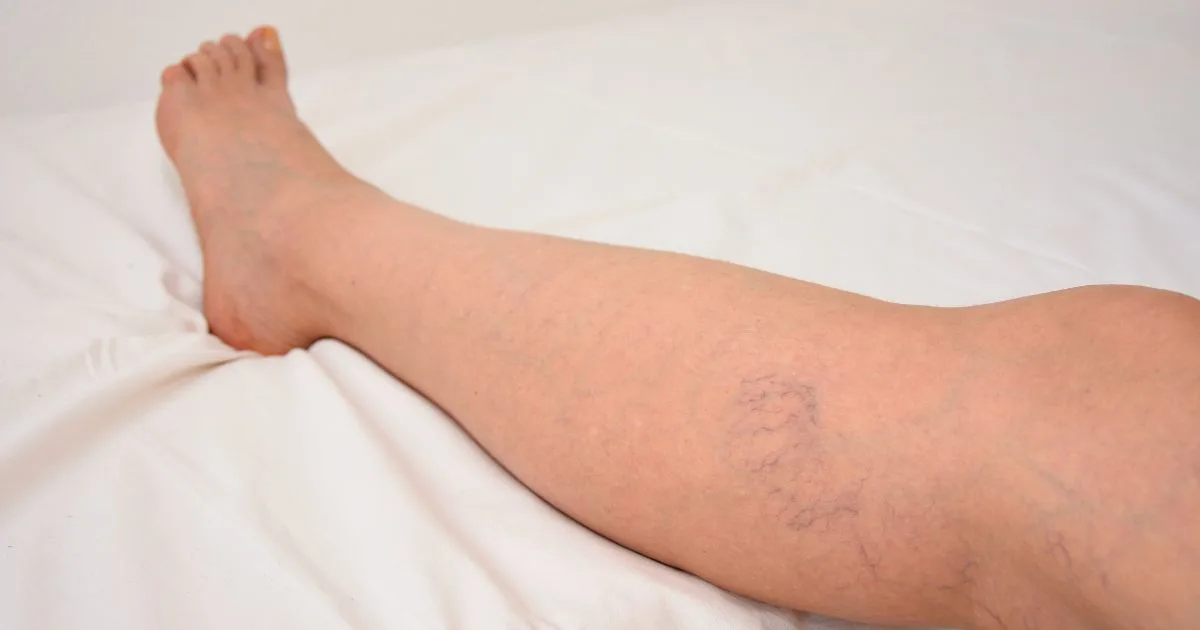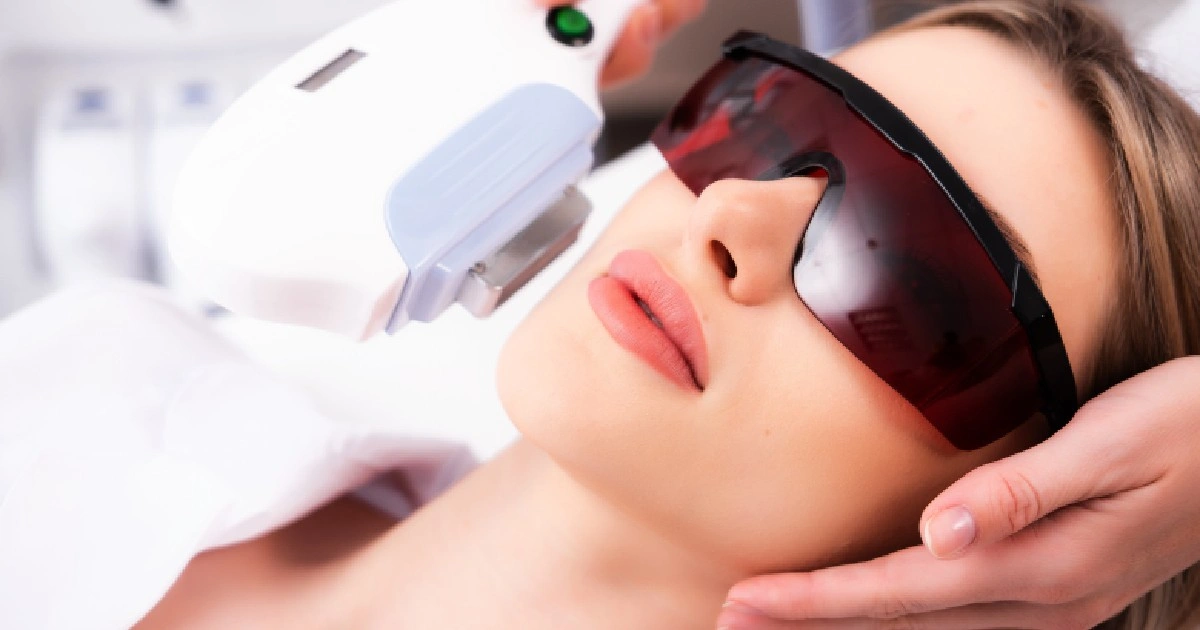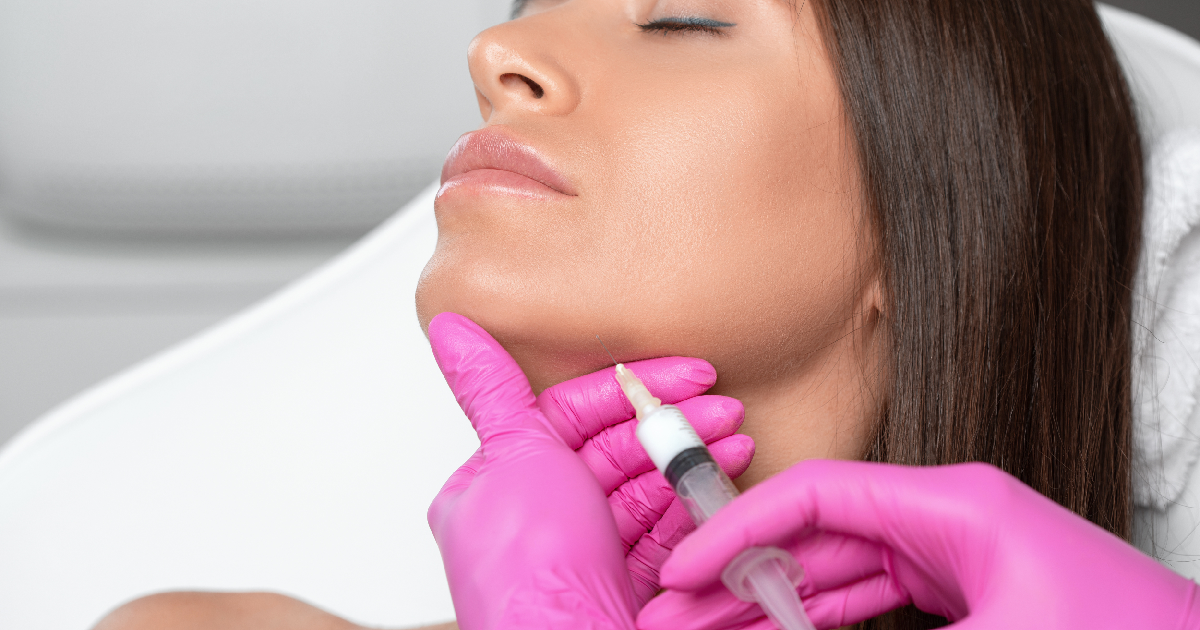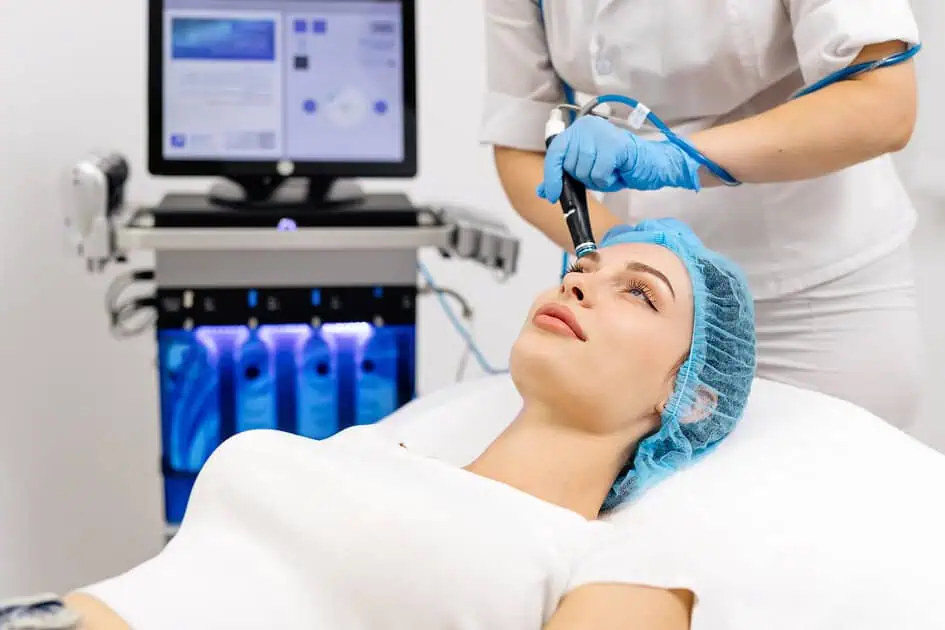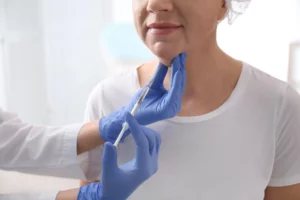
Table of Contents
Introduction
Pursuing a well-defined jawline and reducing unwanted chin fat have been long-standing goals for many in aesthetics. One innovative and non-surgical solution that has gained popularity is Kybella. But is Kybella safe and FDA-approved for chin fat reduction? In this article, we will comprehensively analyze the key factors that impact the safety and FDA approval of Kybella for chin fat reduction, explore the tradeoffs involved in choosing this treatment, and highlight the importance of making informed decisions about your aesthetic journey.
Kybella: The Basics
Kybella, also known by its generic name deoxycholic acid, is an injectable drug used to reduce submental fat, commonly referred to as a “double chin.” Kythera Biopharmaceuticals, Inc. developed this FDA-approved treatment and was later acquired by Allergan, a subsidiary of AbbVie. Kybella is designed to improve the appearance and contour of the jawline by destroying fat cells beneath the chin. Once destroyed, these fat cells can no longer store or accumulate fat, offering long-lasting results with proper maintenance.
The Mechanism of Kybella
Kybella works through a process called adipocyte lysis. The active ingredient, deoxycholic acid, is a naturally occurring molecule in the body that aids in the breakdown and absorption of dietary fat. When injected into the subcutaneous fat layer beneath the chin, Kybella disrupts the fat cell membrane, causing the fat cells to release their contents. The body’s natural metabolic processes then process and eliminate the released fat.
FDA Approval of Kybella
The safety and effectiveness of Kybella in treating submental fat have been rigorously evaluated by the U.S. Food and Drug Administration (FDA). In April 2015, Kybella received FDA approval for treating moderate to severe submental fat in adults. This approval marked a significant milestone in non-surgical aesthetics, as Kybella became the first and only injectable drug approved to reduce submental fat.
Efficacy and Safety: What the Clinical Trials Say
Clinical trials are a fundamental step in assessing the efficacy and safety of any medical treatment, and Kybella was no exception. The pivotal clinical trials that led to FDA approval involved hundreds of patients and revealed promising results:
- Efficacy: In clinical trials, Kybella demonstrated a statistically significant reduction in submental fat compared to a placebo. Many patients experienced noticeable improvements in their chin profile after a series of Kybella injections.
- Safety: The clinical trials found that Kybella was generally well-tolerated. Common side effects included temporary swelling, bruising, pain, numbness, and redness at the injection site. These side effects were usually mild to moderate in severity and typically resolve on their own within a few days to a few weeks.
Balancing the Benefits and Risks
Like any medical procedure, Kybella has a set of benefits and risks that should be carefully considered.
Benefits:
- Non-surgical: Kybella offers a non-invasive alternative to liposuction or other surgical procedures for chin fat reduction.
- FDA-Approved: Kybella’s FDA approval signifies its safety and effectiveness, backed by rigorous clinical trials.
- Minimal Downtime: Patients can typically resume their daily activities shortly after treatment, making it a convenient option for those with busy schedules.
- Long-Lasting Results: The fat reduction achieved with Kybella is permanent, as it destroys fat cells, which do not return.
Risks:
- Side Effects: As mentioned, typical side effects may include swelling, bruising, and discomfort, which can affect the patient’s daily life for a short period.
- Uncertainty: Kybella’s long-term safety beyond clinical trial periods is still being assessed. Therefore, consulting a qualified medical professional before opting for the procedure is essential.
Challenges and Considerations
- Choosing a Qualified Provider: The success and safety of Kybella treatment largely depend on the skill and experience of the provider. Selecting a licensed and trained healthcare professional specializing in aesthetics is crucial.
- Realistic Expectations: Kybella is not a miracle solution and may require multiple sessions for the desired results. Patients should have realistic expectations and understand that individual responses to the treatment may vary.
- Patient Selection: Only some people are suitable candidates for Kybella. Patients with excessive loose skin under the chin may benefit more from surgical options like a neck lift.
- Alternatives: Kybella is one of many treatments available for chin fat reduction. Patients should explore alternative options, such as CoolSculpting, liposuction, or surgical interventions, to determine which aligns best with their goals and preferences.
Conclusion
Kybella is a safe and FDA-approved non-surgical treatment for reducing chin fat. Clinical trials support its efficacy and offer several advantages, including minimal downtime and permanent results. However, like any medical procedure, Kybella has associated risks and considerations that patients should know.
Ultimately, the decision to undergo Kybella treatment should be made in consultation with a qualified and experienced healthcare provider who can assess your unique needs and provide personalized recommendations. Your aesthetic journey should be an informed and deliberate process, and understanding the benefits, risks, and alternatives is crucial.
When considering Kybella or any aesthetic treatment, it’s essential to prioritize your safety and well-being. RejuvLV Wellness & Aesthetics is here to assist you in making the right choices for your unique goals. Contact us today to schedule a consultation and begin your journey toward a more defined and confident you.
Are you considering Kybella for chin fat reduction? RejuvLV Wellness & Aesthetics is here to guide you through the process. Contact us today to schedule a consultation with our experienced professionals and start your journey toward a more confident you. Your aesthetic goals are our priority, and we’re committed to helping you make informed decisions that align with your unique needs and preferences.
